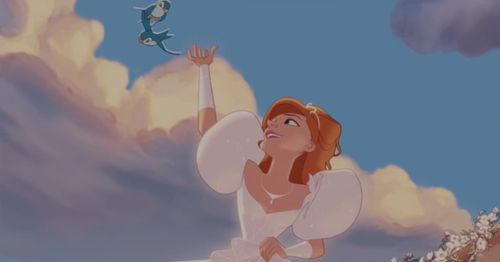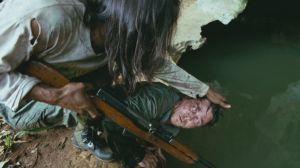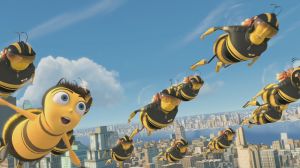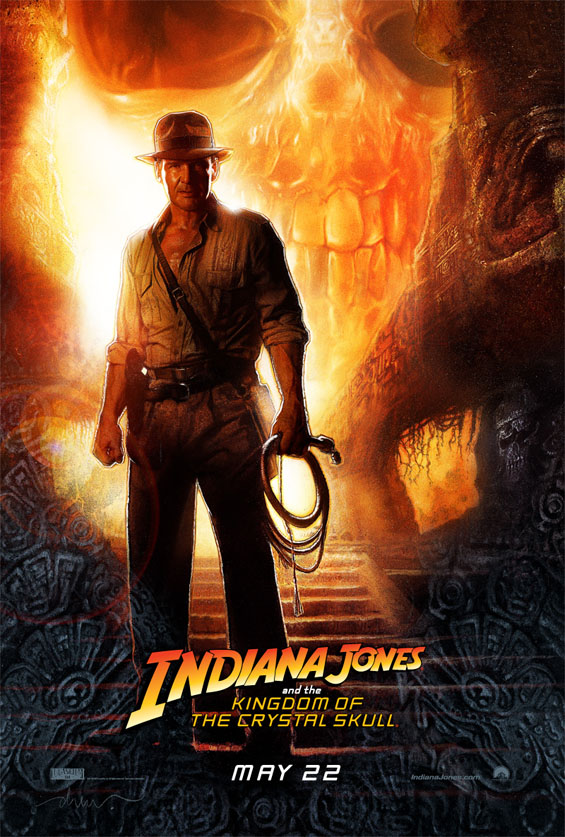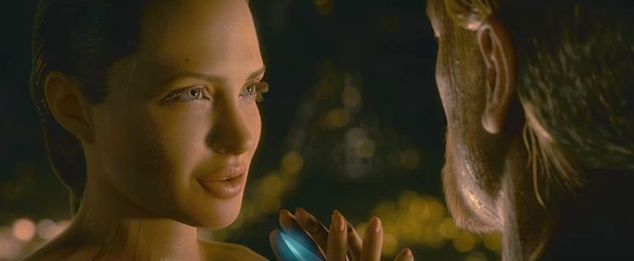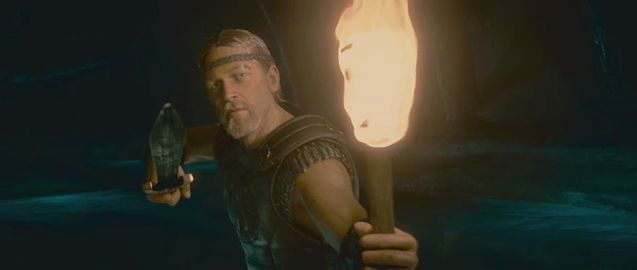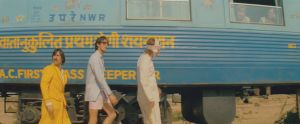 The Darjeeling Limited (Wes Anderson, 2007)
The Darjeeling Limited (Wes Anderson, 2007)
Wes Anderson has a hugely loyal following, but I’ve never quite been fully on board. For example, The Royal Tenenbaums – anecdotally his most popular movie – inspired enormous devotion in many who saw it. Yet as much as I could admire Anderson’s wonderful visual style and understated humour, the characters left me distant and I didn’t feel that the whole thing amounted to much. (I thought the television show Arrested Development, which riffs on many of the same themes as Tenenbaums and was probably inspired by it, was richer and more interesting). However, his new film, The Darjeeling Limited, has come much closer to winning me over. A mix of comedy, drama and travelogue, it takes us on a train journey across India with three brothers: the confident and overbearing Francis (Owen Wilson); the withdrawn writer Jack (Jason Schwartzman); and Peter (Adrien Brody), who is still deeply in grief about the death of their father. Francis wants to take them all to find their mother, who is living in rural India, but complex layers of mistrust and loyalties run between the three siblings.
